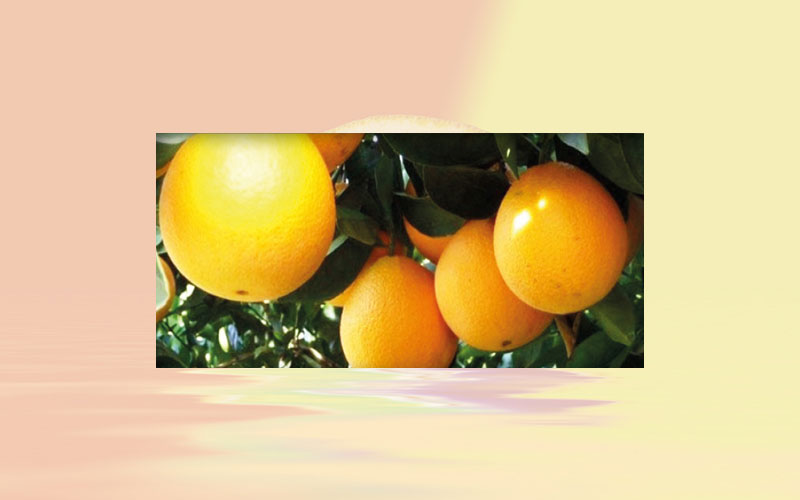Brazilian oranges: Data confirm lower production compared tot he previous season
The production decrease in the citrus belt (São Paulo and Triângulo Mineiro) in 2018/19 was confirmed by Fundecitrus (Citrus Defense Fund) in a report released on December 10.

The production decrease in the citrus belt (São Paulo and Triângulo Mineiro) in 2018/19 was confirmed by Fundecitrus (Citrus Defense Fund) in a report released on December 10. Despite the increase compared to that estimated in September, data indicate that the current crop should be 30.8 % smaller than the previous, totaling only 275.7 million 40.8-boxes of oranges.
In this scenario, orange juice inventories at processors are predicted to decrease to critical levels again by June 2019, which may ensure a balanced supply for the following year, even if orange production increases in 2019/20 – as expected by agents. According to CitrusBR (Brazilian Association of Citrus Exporters), juice inventories are forecast at 146.7 thousand tons, only enough for two months exports, at the most.
According to Fundecitrus, estimates increased because of the higher moisture in the citrus belt, which allowed the fruits to grow, mainly pear and late oranges.
However, in the first semester of 2018, the lack of rains hampered oranges growth and weakened plants vigor, and the fruits were vulnerable to drops and diseases. Thus, the drop rate this year (until November) is already higher than Fundecitrus expected.
In the field, pear orange harvesting has already reached 83% of the total volume expected, while the harvesting of valência and natal oranges has reached 66 %. Considering all varieties, 78 % of the total production has been harvested, similar to that from the same period last year (75 %). In light of that, agents expect the 2018/19 harvesting to end earlier, which may push up orange quotes in early 2019, when supply is usually low.
Despite the smaller volume forecast for the coming months, agents from processors believe crushing should not be interrupted between the end of 2018 and the beginning of 2019 (when at least one plant of each processor should be operating). With the slower fruits growth in the first semester, crushing increased in mid-August, due to the ratio out of the standard desired for pear oranges.
BRAZILIAN MARKET – Orange consumption increased in early December, boosted by the payment of workers’ wages and the warmer weather in São Paulo State. However, rains accelerated fruits growth, which led farmers to fasten the harvesting pace in order to avoid losses. In that scenario, supply increased and pressed down quotes.
Besides, the higher availability of stone fruits, which is common for this time of the year, hampered the demand for oranges in the Brazilian market in the first fortnight of December, helping to lower prices.









